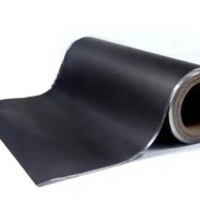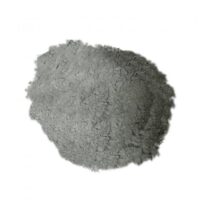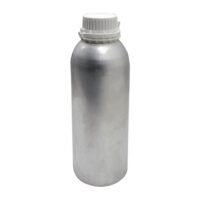The melting point of platinum is as high as 1700°C, its chemical properties are stable, it does not undergo chemical changes after burning in the air, and it does not absorb water. Most chemical reagents have no erosive effect on it, and it is resistant to hydrofluoric acid and molten alkali metal carbonates. Corrosion is an important property of platinum that is different from glass, porcelain, etc., so it is often used for precipitation burning weighing, hydrofluoric acid melting, and carbonate melting treatment. Platinum crucibles are suitable for ignition precipitation. Platinum is less volatile at high temperatures, and it needs to be corrected after a long burning time. Platinum is basically non-volatile when used below 900 °C.
Platinum is soft, even alloys containing a small amount of rhodium and iridium are soft (a small amount of rhodium or iridium is added to improve its mechanical strength), so do not use too much force when handling platinum utensils to avoid deformation. When demelting, do not use sharp objects such as glass rods to scrape from the platinum vessel to avoid damage to the inner wall; nor can you suddenly put the hot platinum vessel into cold water to avoid cracks. The deformed platinum crucible or vessel can be corrected with a water mold that matches its shape (but the brittle platinum carbide part should be corrected evenly).
Platinum utensils cannot be in contact with any other metals when heating, because platinum is easy to form alloys with other metals at high temperatures, so the platinum crucible must be placed on a platinum tripod or on a support made of ceramics, clay, quartz, etc. , It can also be heated on an electric heating plate or electric furnace with an asbestos board, but it cannot be directly in contact with the iron plate or electric furnace wire. The crucible pliers used should have platinum tips. Nickel or stainless steel pliers should only be used at low temperatures.
The following substances cannot corrode platinum directly or coexist with other substances, and should avoid contact with these substances when using platinum utensils:
l Easily reduced metals, nonmetals and their compounds, such as silver, mercury, lead, bismuth, antimony, tin and copper salts are easily reduced to metals at high temperatures, and can form low melting point alloys with platinum; sulfides and Arsenic and phosphorus compounds can be reduced by filter paper, organic matter or reducing gas to produce brittle platinum phosphide and platinum sulfide.
l Oxides and hydroxides of solid alkali metals, barium oxide, nitrates and nitrites of alkali metals are corrosive to platinum when heated or melted. Sodium carbonate, potassium carbonate, and sodium borate can be melted in platinum vessels, but lithium carbonate cannot.
l Halogen and the mixed solution that may generate halogen, such as aqua regia, bromine water, the mixture of hydrochloric acid and oxidant (potassium permanganate, chromate and manganese dioxide, etc.), ferric chloride can react with platinum.
l Carbon can react with platinum to form platinum carbide at high temperature. If platinum utensils are placed in a carbon silicon rod electric furnace, there is a necessary ventilation device; if a flame is used for heating, only a non-luminous oxidizing flame can be used, and it cannot be in contact with a reducing flame with smoke or yellow light, nor is it allowed to touch it. Blue flame, so as not to form platinum carbide and become brittle. When ashing filter paper in a platinum vessel, do not set the filter paper on fire.
l Substances with unknown composition and properties cannot be heated or processed in platinum vessels.
l Platinum utensils should be kept clean and bright inside and outside. After burning for a long time, due to the relationship of crystallization, the outer surface may turn gray, and it must be cleaned in time, otherwise the impurities will go deep into the interior after a long time, making the platinum vessel brittle and damaged.
How to clean platinum utensils
If the platinum utensils have spots, they can be treated with hydrochloric acid or nitric acid alone. If it is invalid, potassium pyrosulfate can be melted in a platinum container at a lower temperature for 5-10 minutes, and the molten material is poured out, and then the platinum container is soaked in hydrochloric acid solution. If it is still ineffective, you can try sodium carbonate melting treatment again, or use damp fine sand (through a 100-mesh sieve, that is, a 0.14 mm sieve) or fine metallographic sand (0#) paper to gently rub.




